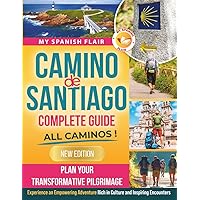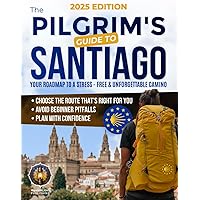The Role of Devotion in Spain’s Religious Festivals
In Spain, religious festivals are more than just celebrations; they are heartfelt expressions of devotion that unite communities in shared beliefs and traditions. From the solemnity of Holy Week to the exuberant festivities of local patron saints, these events reveal a deep connection between faith and cultural identity. For travelers, experiencing these festivals offers a unique insight into the soul of Spain, blending religious fervor with community spirit in a way that is both moving and unforgettable. This article explores how devotion is intertwined with Spain’s most iconic religious celebrations, highlighting their historical significance and cultural impact.
Holy Week Processions
One of the most profound displays of devotion in Spain is during Holy Week, or Semana Santa. Across the country, but especially in Andalusia, towns and cities hold elaborate processions reenacting the Passion of Christ. These processions feature brotherhoods, or cofradías, carrying intricate floats, known as pasos, which depict scenes from the Bible. The participants, often clad in traditional robes and hoods, march solemnly through the streets, accompanied by bands playing mournful music. In cities like Seville and Málaga, the processions are grand spectacles, attracting thousands of spectators who line the streets to watch and participate in this profound expression of faith. The devotion of the costaleros, who bear the heavy weight of the pasos on their shoulders, is a testament to the spiritual significance of these events.
Pilgrimages and Romerías
Spain is home to numerous pilgrimages, or romerías, where devotees travel to religious sites, often on foot, to pay homage to their patron saints. One of the most famous is the Romería del Rocío in Huelva, where thousands of pilgrims journey to the village of El Rocío to honor the Virgin of El Rocío. This centuries-old tradition is marked by colorful processions, flamenco dancing, and communal meals, blending religious devotion with festive celebration. Another notable pilgrimage is the Camino de Santiago, where pilgrims from around the world walk to the shrine of the apostle Saint James in Santiago de Compostela. These pilgrimages are not only acts of religious devotion but also opportunities for reflection and spiritual renewal.
The Festival of San Fermín
In Pamplona, the Festival of San Fermín is one of Spain’s most famous events, known worldwide for the running of the bulls. Held in July, this festival is a tribute to Saint Fermín, the patron saint of Navarra. While the bull runs grab the headlines, the festival is deeply rooted in religious tradition. Each day begins with a procession carrying a relic of the saint, accompanied by music and traditional dances. The highlight is the Encierro, where participants, dressed in white with red scarves, run through the streets alongside the bulls, culminating in a bullfight at the city’s plaza. The combination of religious devotion and adrenaline-fueled excitement makes San Fermín a unique celebration.
La Tomatina and Its Religious Roots
While La Tomatina in Buñol is famous for its massive tomato fight, the festival has religious origins. It began as part of the town’s patron saint festivities, honoring Saint Louis Bertrand and the Virgin Mary. Held on the last Wednesday of August, the event attracts thousands of participants who gather to throw overripe tomatoes at each other in a playful battle. Despite its modern reputation as a quirky, fun-filled event, La Tomatina remains an important part of the town’s religious calendar, blending traditional devotion with a unique twist of communal joy.
Experiencing the Soul of Spain
Spain’s religious festivals offer a window into the heart of a nation where faith and culture intertwine. For travelers, participating in these celebrations provides an opportunity to witness the deep devotion that defines Spanish identity. Whether it’s the solemnity of Holy Week processions, the joyous spirit of romerías, or the thrilling excitement of San Fermín, these festivals reveal a side of Spain that is both timeless and profoundly moving. Embracing the role of devotion in these events allows visitors to connect with the rich tapestry of Spanish life, experiencing firsthand the traditions that have shaped the country’s cultural heritage.





